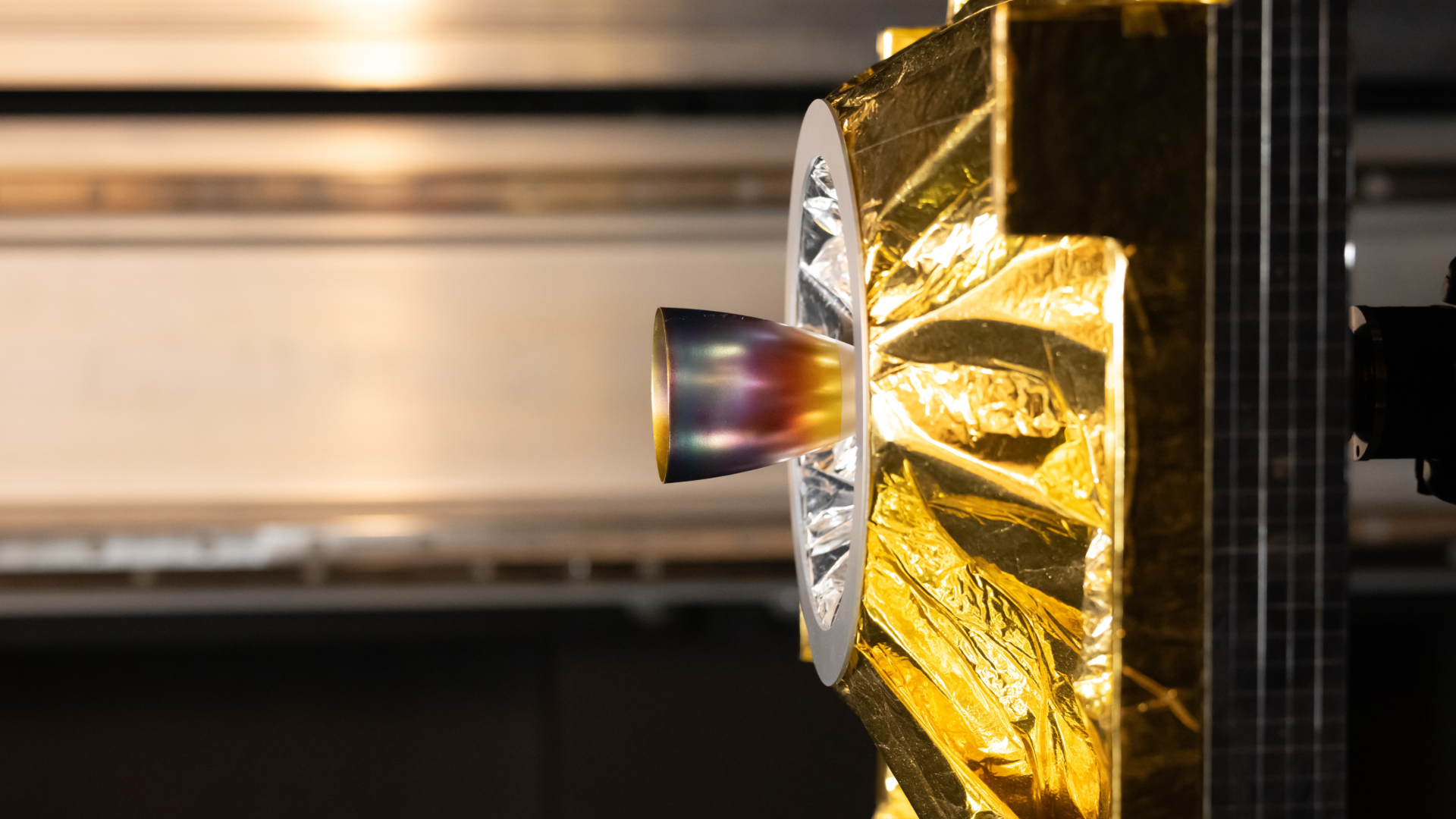How does terraforming work in the Alien universe?
Terraforming a planet and building better worlds is not as easy as it seems.
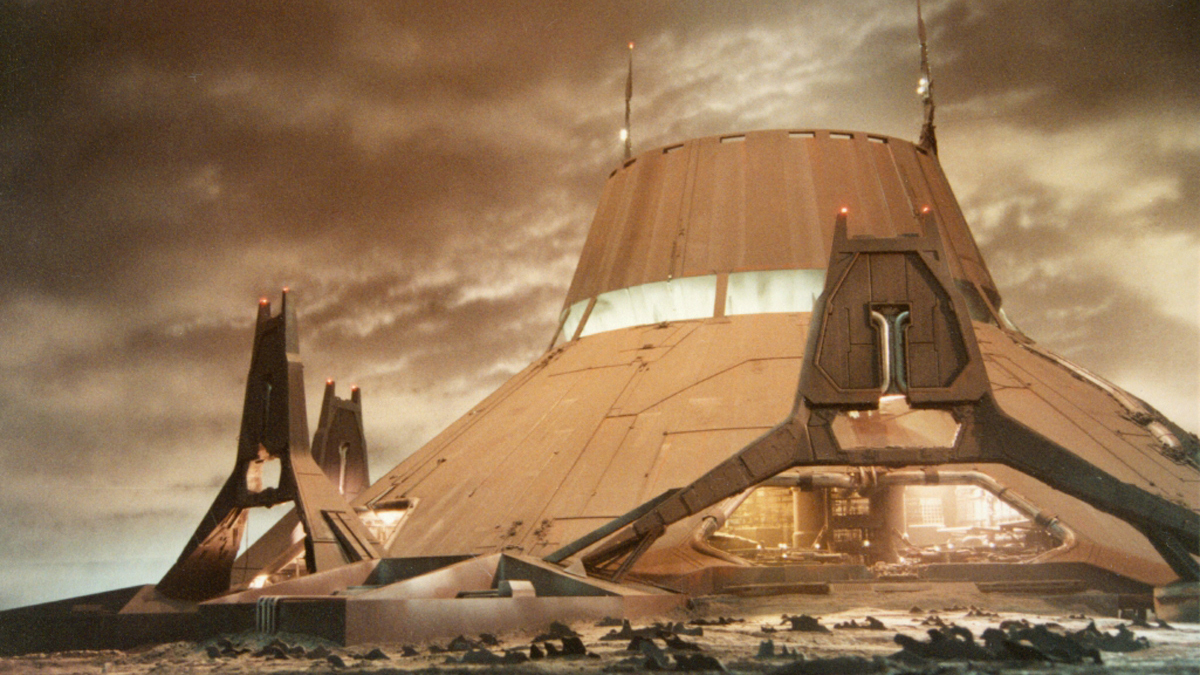
The subject of terraforming lies at the center of James Cameron’s Aliens, at least when it comes to worldbuilding. Released in 1979, Ridley Scott’s Alien already saw a group of space truckers visit an unknown “planetoid,” which would later become LV-426 in the 1986 sequel. And spacesuits weren’t needed anymore to walk on its surface when Hadley’s Hope went silent.
After Ellen Ripley and the crew of the Nostromo came across a massive ship of unknown origin filled to the brim with xenomorph eggs in 2122, the Weyland-Yutani Corporation knew they had struck (biological) gold, and a terraforming process was kickstarted as a cover-up in 2159, two years after the colony was established.
By the time Ripley was found floating in space and learned about the xeno-related developments, this slow but steady transformation had been going on for roughly 20 years. LV-426 still looked like a hellscape, but the air was breathable. How did Weyland-Yutani achieve this? And, more importantly, would it be feasible in real life? According to geophysicist David Waltham, it might just be a matter of getting lucky and finding the right planet, as “there is nothing which would make it impossible.”
What fiction and the in-universe data say
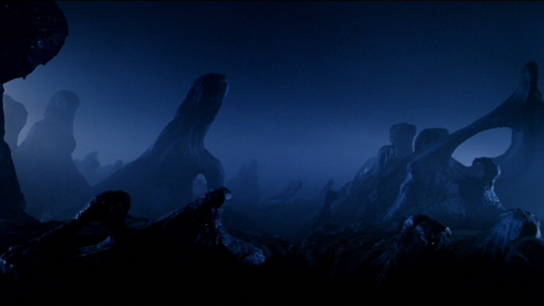
The concept of terraforming has been around for quite a while, especially if we explore contemporary literature. Of course, plenty of science fiction stories deal with new planets already suited for humans (or at least humanoids), but some authors chose to explain how giant balls of rock and dust could potentially be turned into Earth-like worlds capable of supporting life.
An interesting riff on the subject (and one of the first) was H.G. Wells’ The War of the Worlds (1898), which described a “red weed” brought by Martians that quickly killed off Earth’s plant life and began to take over our planet’s surface. The idea of advanced extraterrestrials doing their own terraforming during or after an invasion is quite plausible. If you think about it, humans would be aliens to other planets – everyone in the universe would want to feel at home and make their existence easier wherever they went, right?
Sci-fi has specifically put a lot of thought into the question: could we really terraform Mars, making it into a cozy new planet for mankind? Nowadays, we’re looking at our red neighbor as a dead planet that once, almost surely, harbored life of some kind. This idea was already floated by authors such as Edgar Rice Burroughs and his Princess of Mars (1912). Much later, films like Total Recall (1990) toyed with the notion of terraforming Mars in the mainstream, making it way too easy – an underground ancient alien machine promptly turns solidified atmospheric gases that were buried into a breathable atmosphere. We can work with mysterious alien tech and solidified materials, but the process itself would take centuries regardless of the presence of the needed gases. More importantly, the pressure would also take quite a while to rise – we don’t want anyone without a spacesuit to explode.
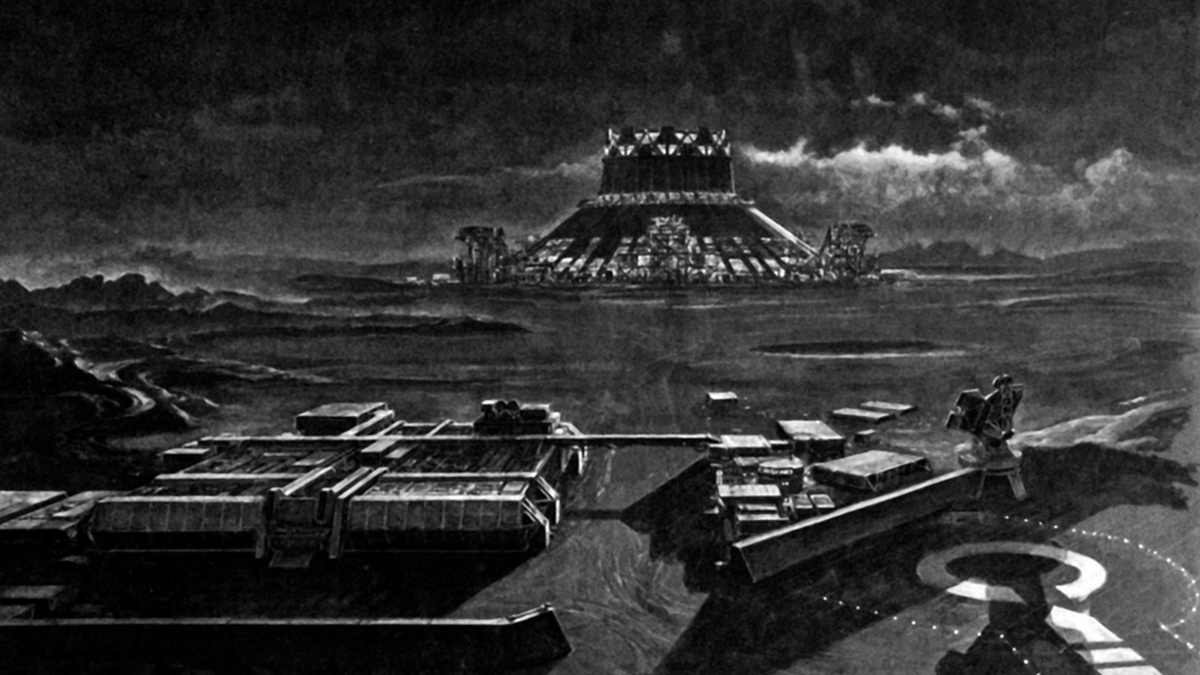
Back to Aliens, we find “Building Better Worlds” as the main slogan of the nefarious Weyland-Yutani Corporation. Apparently, terraforming (and presumably mining) celestial bodies is a large part of their galactic business. When acid hits the fan and the xenomorphs take over Hadley’s Hope, their operations on LV-426 have been active for decades. But is that enough time for Acheron (formally labelled as LV-426) to develop a breathable atmosphere?
Breaking space news, the latest updates on rocket launches, skywatching events and more!
The film itself doesn’t have many answers when it comes to terraforming, but the procedure appears to revolve around reutilizing the existing atmosphere – breaking down pre-existing elements, transforming, and redistributing them – instead of starting from scratch, which would indeed take centuries. Basically, mankind can’t turn any planet or planetoid into an Earth-like environment in the Alien universe; most components need to be present already, same goes for the atmospheric conditions. This fixes the centuries-long problem that comes up in other works of fiction, or at least makes the storytelling more realistic.
Complementary material detailing the Alien universe’s history and technology claim the first “Automated Atmosphere Processor” became a reality in 2029, with a first terraforming process happening on Gliese 667 Cc during the 2030s and ending around 2040. The Weyland Corp Terraforming Division was created in 2072, effectively starting a new age of space exploration. As stated before, native atmospheres are transformed thanks to the company’s “Atmosphere Processing Plants” and other techniques, such as algae bloom tanks that consume excess carbon dioxide and generate oxygen. It all depends on the properties of planets which have been previously scouted, inspected, and approved for viable terraformation.
The journey to a new Earth
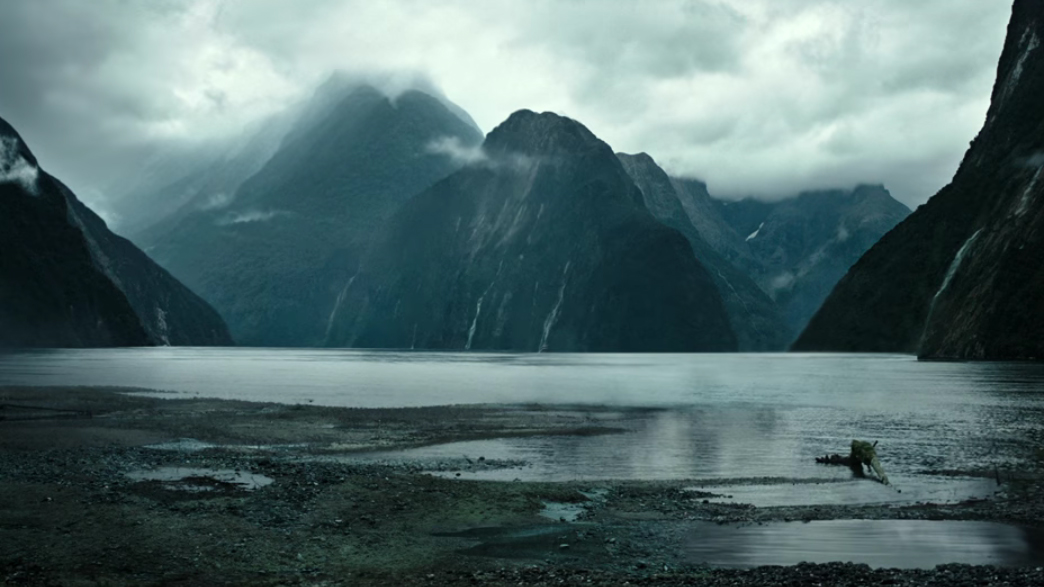
As we can see in Aliens, the process isn’t pretty either. LV-426, which is actually one of the three moons orbiting Calpamos in the Zeta² Reticuli system, is a dark and rocky wasteland unfit for life despite its now breathable atmosphere. Xenomorphs, which aren’t native inhabitants, do okay because, well… they’re xenomorphs, the “perfect organism.” For all we know, they can float around space just fine.
Acheron’s transformation never reaches its end because the Processing Plant’s reactor exploded as a result of Ripley and the Colonial Marines’ battle against the xenomorph infestation of Hadley’s Hope. We do, however, get to see successfully terraformed planets in other pieces of Alien media, but we’re not stepping outside the franchise’s “cinematic canon” here. Ridley Scott’s Alien prequels Prometheus and Alien: Covenant are strictly linked to terraformation as seen in James Cameron’s film though. The former explores another moon of Calpamos, LV-223, whose atmosphere is nearly identical to Earth’s. And the latter takes place mostly in Planet 4, which housed a city populated by the Engineers, the ancient beings behind bio-weapons which gave birth to the xenos – and who most likely colonized and terraformed a number of planets, including Earth. It all comes full circle in those films despite all their faults.
Planet 4 remains an interesting Earth-but-not-quite world; its vegetation clearly has the same origin as the plants on Earth, yet the planet was depicted as odd and different enough. Reaching such a step in planetary development would be a big and complicated job. Some scientists and artists suggest maybe we should try to terraform Earth by letting nature reclaim parts of our planet again – and fix what we’ve destroyed – in order to “get a little practice.”
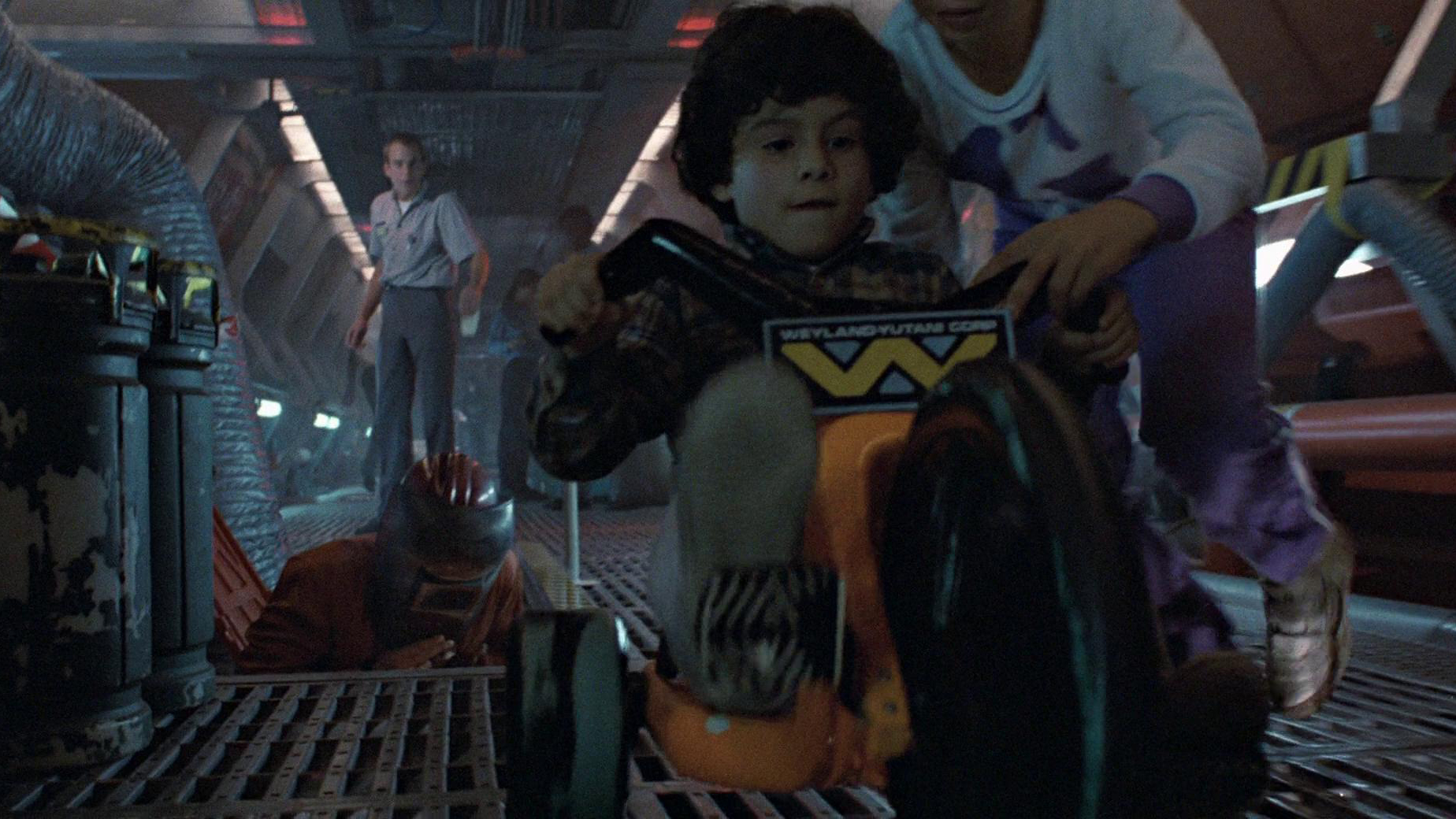
Some thinkers have also warned (and keep warning) future space explorers and corporate giants of the inherent ethical problems that should be considered when drastically changing a world’s atmosphere and/or geography. For example, in his legendary book Cosmos, Carl Sagan’s opinion on the matter supported the idea of creating new worlds for mankind, yet he believed “Mars . . . belongs to the Martians, even if they are microbes.” We can safely guess some folks said something similar before Europeans discovered America and its peoples. This whole issue slips into environmental philosophy and the discussion around anthropocentrism, which may be stories for another article.
For now, NASA and other organizations claim that terraforming is not possible using present-day technology and that makes the creation of Earth-like environments impossible, so we’re a bit behind schedule when compared to the Alien canon.
The predominant theory on how to achieve it terraform a planet like Mars centers around releasing carbon dioxide trapped in its surface to thicken its atmosphere and warm the planet. This thickening of the atmosphere would in theory provide the necessary conditions to sustain liquid water on the surface. However, research using data collected by NASA’s Mars Reconnaissance Orbiter, Mars Odyssey spacecraft and Mars Atmosphere and Volatile Evolution (MAVEN) spacecraft show that there is not enough trapped carbon dioxide left on Mars to transform its atmosphere.
Needless to say, business magnates and new-age tech gurus like Elon Musk disagree, and are saying they can terraform Mars themselves right after the private space race takes them there. Let’s just hope Tesla or Amazon don’t end up becoming our universe’s version of Weyland-Yutani.
Additional resources
For more information about terraforming check out "Terraforming Mars - Astrobiology Perspectives on Life in the Universe" by Martin Beech and "The Future of Humanity" by Michio Kaku. Here are some infographics produced by NASA on why terraforming Mars might not be possible.
Fran Ruiz is our resident Star Wars guy. His hunger for movies and TV series is only matched by his love for video games. He got a BA of English Studies, focusing on English Literature, from the University of Malaga, in Spain, as well as a Master's Degree in English Studies, Multilingual and Intercultural Communication. On top of writing features and other longform articles for Space.com since 2021, he is a frequent collaborator of VG247 and other gaming sites. He also serves as associate editor over at Star Wars News Net and its sister site, Movie News Net.

